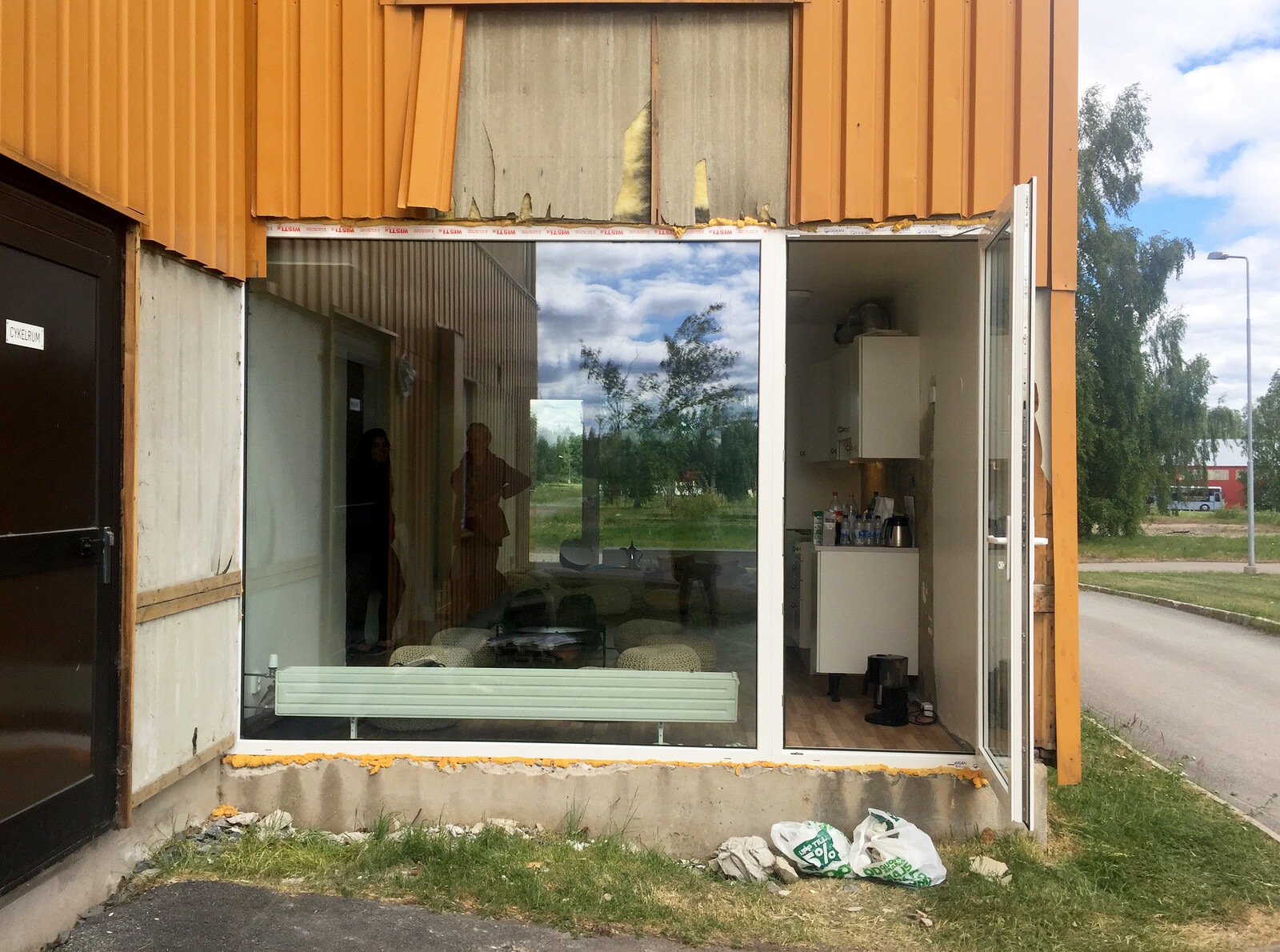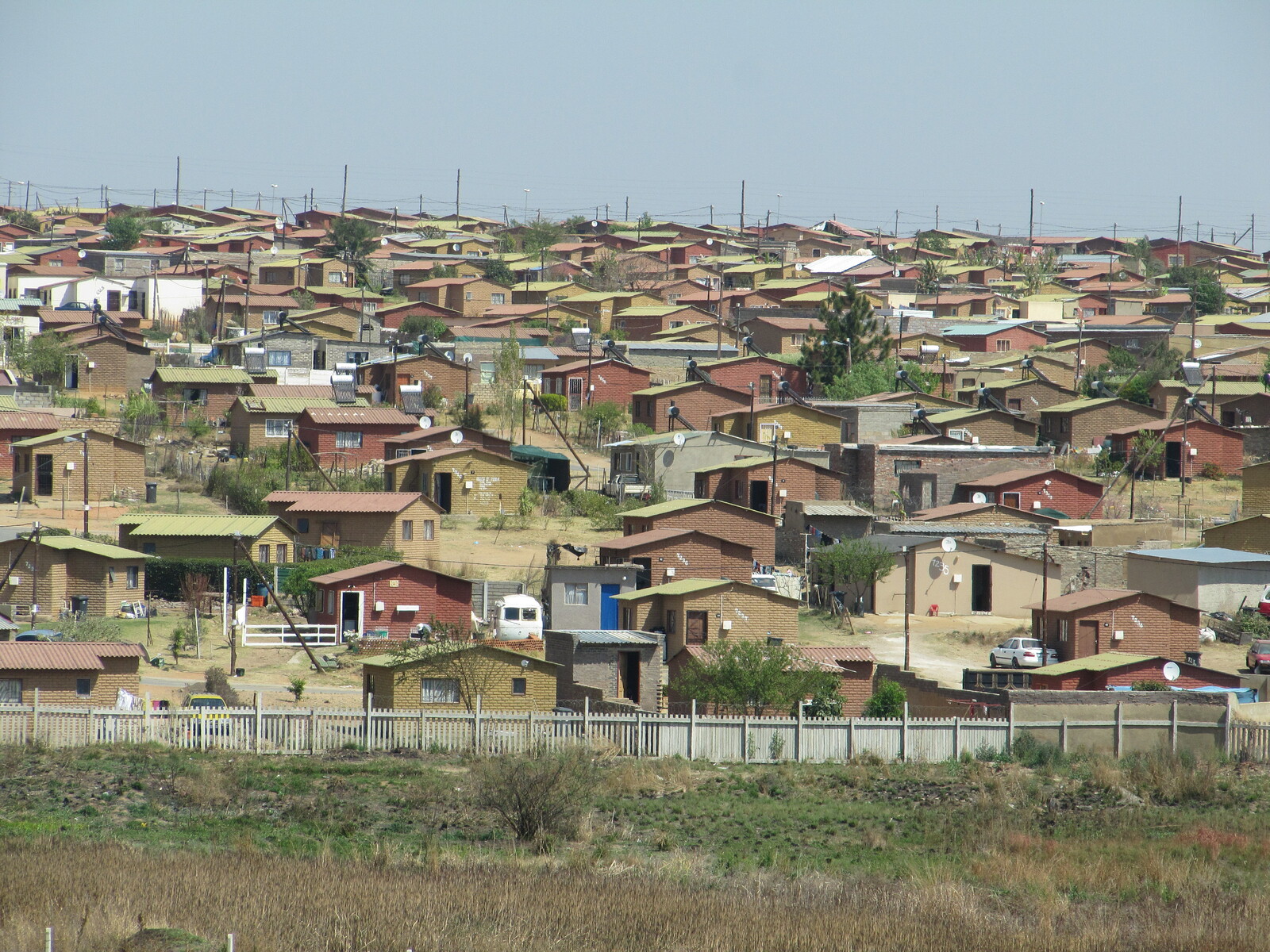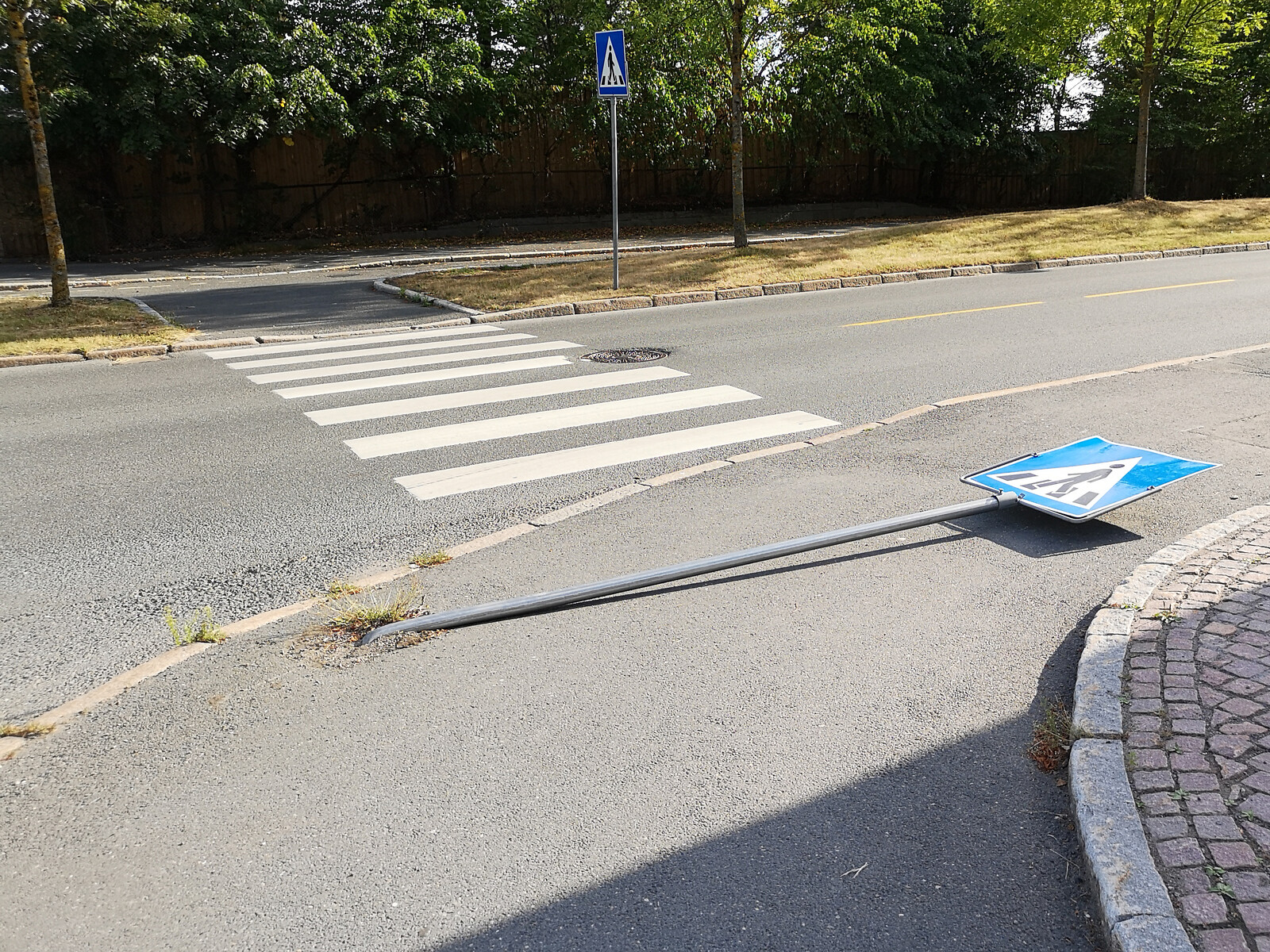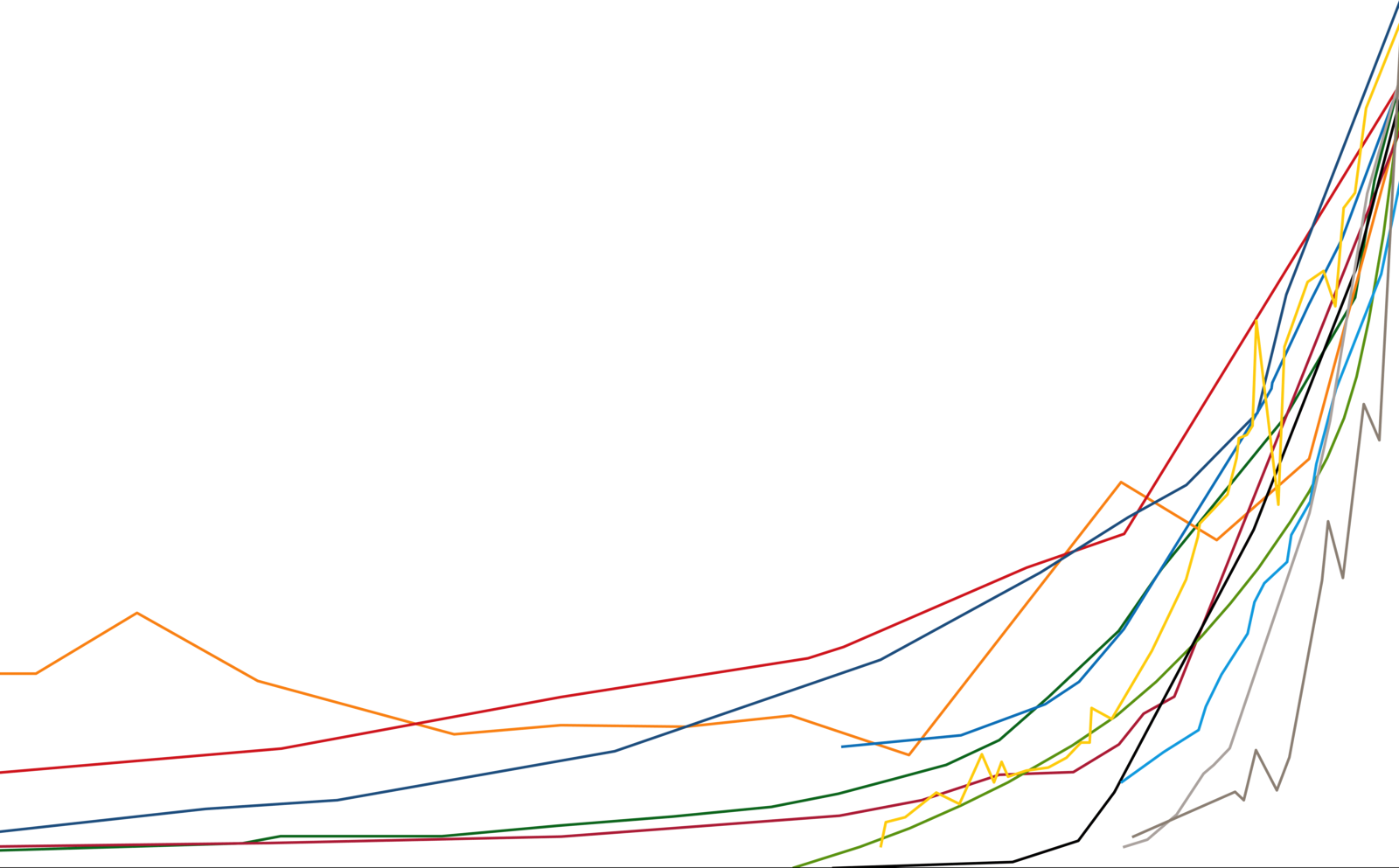There exists a point at which anticipation is exhausted and naked absence is exposed. No matter what the guardians of neoliberal wisdom suggest, the absence of a facilitative environment is neither a biographical failure nor a sign of emancipation from material concerns. It is rather a crisis, a matter of urgency that must be solved in the present. Twenty-first-century Stockholm, like many other late-welfare-state cities where neoliberalism and social democracy mingle, is a city experiencing an alarming housing shortage. An entire generation of Stockholmers—not so much defined by date of birth as by date of arrival into Swedish citizenship, independent adult life, or the bounds of the metropolitan region—are plunged into a state of limbo where their only recourse is to wait. They wait for their wages to accumulate to meet the sizeable deposit required for a mortgage on a “tenant-owned” apartment or an “owner-occupied” detached house. They wait for “first-hand contracts” on a rent-negotiated non-means-tested rental apartment.1 Twenty-first century Stockholm is a city of unfulfilled anticipation, where new arrivals from all socioeconomic backgrounds must deal with the fact that those who came first were both “first served” and even “took seconds,” leaving little left to share when it comes to housing. Anxiety and boredom coagulate in the face of such scarcity, a potent affective combination that might, we suggest, form the grounds for a collective housing politics articulated across a diverse intersectional terrain. How to resist the extraction of existential time? And in the midst of our waiting, how might other times and spaces be conceived for for living together?
Don’t wait for me
To wait in line is to not know the bouncer or the restaurant owner on a first-name basis. It is to have arrived late, to have misjudged the dress code, to not have a high enough loyalty card status. To have to queue is a sign that one arrived wrongly. You know this, and have made a habit of avoiding such situations. You instead demonstrate your good judgement, your flexibility, and your insider knowledge. You are a member of the digitally literate “millennial” generation, even if this is a term that you have little affinity for. It’s true, though: you are more mobile, more nomadic than the generations that have come before you. You have had more occasion to practice “arriving” than your parents. You are certainly more unsettled, and definitely more unencumbered than them—than your older siblings, than their friends, even. You are at peace with the idea that you are unlikely to own your own home, just as you are unlikely to maintain one career, job, partner, employer, or city your whole life. Much like the rhetoric that dominated Swedish housing policy in the post-war era (well before you were born), you reject the idea that property ownership is a universal aspiration—not, however, because you believe like they did back then that housing should not be treated as a profit-generating commodity,2 but because ownership, for you, is a flickering and amorphous impulse to be met within the confines of the now. The right now. Real estate is not something that you “queue” for. You seek out real estate opportunities in the moment, through services you subscribe to, using financial vehicles that you have purchased, and an interface on your smartphone that connects you to an AI broker. This is the dream of proptech, and it is already here.
The proptech sector, composed of innovative start-ups and young entrepreneurial ventures, promises to reshape the ownership of property in ways that make the real of real estate rather more spectral than solid.3 To do this, such firms write white papers and draw on academic articles for legitimization in the development and sale of their products,4 all the while using sophisticated online platforms and blockchain ledger technologies to mine an “ever changing digital landscape” and its associated consumption habits.5 Like the hype around bitcoin-driven ventures, the affective logic of proptech lands in a celebration of the hyper-individuated entrepreneurial subject who invests in the ideology of a purportedly debt-free sharing economy. In this, the prospective buyer joins a corporate collective who claim to have cleverly extracted themselves both from big banks and tax offices the world over. Everyone can participate, this is an inclusive community, and your participation can be vanishingly small: spare change, really.
The fractionalized, blockchain-enabled real estate products of the proptech sector are less buildings, though, than instances of financialized capital, atomized. The real estate on offer targets the immaterial satisfaction of existential needs by feeding a speculative impulse: you are invited to partake in the real estate game not at the scale of property measured in square meters, but by way of infinitesimally small chunks of circulating capital pegged to spatial products elsewhere. Just one click and you can share with your virtual and anonymous community in the ownership of an apartment in Rio de Janeiro, a condo in Miami, a pad in Manhattan. This is a mood-altering architecture that is available in micro-doses. You inhabit its spaces mentally, in fleeting and snatched moments of screen time. You can withdraw whenever you feel like it, because you are the kind of person who never has to wait.
And yet wait you do, for something fundamentally existential continues to be deferred, sheltering an anticipation of a future that may never emerge. Amidst all these online transactions, where, after all, can you secure sufficiently durable digs? Blockchain-based proptech products are marketed towards a generation, “young and smart and raised by wolves,” who have achieved a level of speculative dematerialization only dreamed of by the Patrick Batemans and Eric Packers of Don DeLillo and Brett Easton Ellis novels.6 A feminist critique of their situation, however, lies in wait. For care, affective labor, and processes of subjectivation are all at work in the “housing question,” and these cannot be ignored, despite proptech’s promise of a seamless flow of dematerialized, fractionalized commodities.7 Financialized capitalism, as Nancy Fraser asserts, “free rides” on the social reproductive activities that are external to it, and which form part of a background of possibility for capitalism to persist.8 The sordid material relations of environments on the ground, even if they are safely out of sight, cannot be put out of mind. This is as true of the proptech sector as it is of financialized capitalism itself.
The logic of instant gratification that underwrites proptech’s real estate logic is as destructive for the individual as it is for the collective, producing a predatory mentality with respect not only to the spatial resource of housing but to time itself. If, as Elizabeth Grosz argues, time unfurls exactly on account of the interstices that animate each moment, with blockchain technologies, all interstices are accounted for and exhaustively registered with a monetary, albeit momentary, value.9 You need only wait as long as the next opportunity to “click here.” The result is a sense less of lack or scarcity than of glut. Within the dream of endless availability—an availability based less on the production of new spatial resources than on an ever-tighter subdivision of the existing—capitalism’s “overgrowth” enjoins the myth of abundance. Real estate gluttony sets in as a cosmopolitan array of abstract opportunities present themselves to you. The more you consume, getting closer and closer to the infinitesimal limit of your daily transactions, the further you move away from satisfaction. The saga continues, and there is no guarantee that you will arrive. Rather, an open-ended sequence of transactions places you ever at risk of exhaustion. Deferral. Debt. A foreclosure of existential time wherein “what is finally accomplished … is nothing less than a raid by the future on the rest of time.”10


Your place in line
While you are trading in fractions, atoms of Manhattan lofts and global property portfolios, chances are you are still waiting in a queue for another type of apartment: one that is whole enough to hold you while your mind and capital wander; one that can be yours for years, not seconds. Despite the affective sense of a glut that haunts this Nordic capital following a recent construction boom that has abruptly ended,11 and despite your recent plunge into proptech investment, you find yourself lacking an apartment in the here and the now. You wait through the summer, the autumn, the long winter, and well into spring.
Your point of access into this queue is the website of the Stockholm Housing Agency, a municipality-owned organization. The Agency constitutes a kind of apartment exchange, conveying contracts for apartments that are owned by municipal housing associations and private actors. The Swedish Property Federation has an agreement with the Swedish Union of Tenants that recommends its members (private landlords) convey half of all vacant apartments through the agency. Municipal housing companies use this means of exchange for the vast majority of their apartments. It is the primary interface between Stockholm’s citizens and the non-means-tested rental housing system they spent the good part of a century building. The Agency used to occupy a physical office, and the queue used to be a real line, but now it is primarily an online interface.
The digital queue is prime late-welfare-state proptech. You log in and verify your identity using the Mobile BankID that has become an indispensable part of life in Sweden.12 At your (average) income level, you are eligible to apply for 149 vacant apartments today. These range between 1-room studio apartments and 4-room (three-bedroom) apartments, and are scattered across the greater Stockholm region. Clicking on small red dots on a map brings up a standardized advertisement for each, including a neighborhood map, floor plan, and rental conditions. You can apply a filter to the interface that sorts apartment vacancies based on rent, size, and location, but there is much richer data available on the individual apartment pages that requires some familiarity and patience to decode. The most important is the green field titled “your preliminary place right now,” which shows a figure like “401 of 407.” The second most important is the field marked “the longest queue days of people who have applied for this apartment,” which lists the queue join date of the person who has been queueing the longest—say, “1985-03-27.” These two pieces of information, cross-referenced with your own join date, will determine whether you are invited to an apartment viewing, and subsequently, who is selected to receive the contract. In the end, it’s relatively simple: the person with the longest queue time who has applied for the apartment is given the contract.
Unlike the queue to a popular restaurant, a club, or a flight, beyond providing pay slips to prove your income and a document from the Swedish Tax Agency to prove your household size, you—thankfully—will not be able to influence this decision. This effectively removes the middle-class skills of deliberative negotiation from the picture; your education, ability to charm, or skill in gaming the system do not make your time in waiting worth more than that of anyone else in the queue. This does not, however, mean that the interface itself is not heavily “gamified.” You can, for instance, apply for three apartments at a time, and each apartment takes an average of ten days to be allocated. If your preliminary place is too high and you realize that you have no chance of being allocated an apartment (1–15 is good and 15–30 gives you a chance, but anything over 30 is unlikely) you can withdraw your application with the click of a button, thereby freeing up one of your three chances in order to apply for something else. You check the queue almost every morning. You spend Sunday mornings roaming across its map, wandering through floor plans and strategizing which three flats you will apply for today. It seems, every Sunday, that amidst those 150-odd apartments, at least one of them will be for you. It seems that you even have a choice. That even you, in your abject state of lack, can be discerning, smart, and cunning.
On December 31, 2018, 635,730 people waited in the queue, 14% of which were classed as “active”—that is, those who regularly log in.13 Last year, the Stockholm Housing Agency conveyed contracts for 13,455 apartments, with those winning contracts having waited an average of 10.3 years to receive one. A decade of (active) waiting may seem like madness, but the modern history of housing in Sweden was built on moments of successive housing crises. A key social technology, the queue was introduced after WWII in response to a housing shortage that expressed itself in severe overcrowding and poor spatial standards. National housing policy was seen as the way to deal with these problems, a political development driven in turn by the fact that by the 1960s, the baby boomers of the 1940s needed accommodation.14 Stockholm’s housing queue grew from 50,000 households in 1950 to 175,000 households in 1965 and 185,000 in 1969 before numbers began to fall again, as the famous Million Homes Program neared completion.15 The first-hand contract offered by the queue promises the subject who holds it life-long tenure and rent-negotiated rents in rental housing owned by both municipal housing companies and private companies, as well as the possibility to switch contracts if your circumstances change (if you need something bigger, smaller, cheaper, or closer).16 The contracts, and the municipal housing exchanges that convey them, form a link in a trajectory that leads from the birth of the modern welfare state, with its “People’s Home” ideology, through the mass housing project of the postwar period,17 to the late welfare state of today, with its “circumscribed” neoliberal tendencies.18 Despite these radical political restructurings, the contract continues to operate as the entry point into the system that is valid for a lifetime. It is, as such, worth a decade of waiting.


Longest reported queue times at the property of Norrtullsgatan 12G, as of July 10, 2019.
Meantime lives
“While financial markets strive for secular eternity, while their subjects dream of transcending their own mortality, and while capital itself is impelled to vanquish the obscure forces of time and eliminate the obstacles on its path to an unlimited future,” Josef Vogl warns us, “chrematistic striving is always haunted by measurable terms, fixed appointments, due payments—in short, by the conditions of historical time.”19 It is within the lived “now” that housing shortages must be located. “But while waiting in the queue (or simply abandoning it as a lost cause), what other options does the unsuccessful majority have?” asks the geographer Brett Christophers in relation to the Swedish rental system.20 Indeed, what does one do in the meantime, while one waits?
You can always buy, or so they say. There is always the specter of the indebted woman, a figure who takes responsibility for her biographic past and uncertain future by taking on levels of debt that amount to a lifelong commitment to “behave” and that can prove toxic to her political capacities to act.21 But even lifelong debt—a mortgage on an apartment that will never be paid back—increasingly turns out to be a privilege that is reserved for a “successful minority” (to invert Christophers’ term). Apartments in Sweden are generally tenant-owned (bostadsrätter), meaning that they are owned by a tenant-run board in which those who buy an apartment essentially buy a stake in the building as a whole. Over the past twenty years, the price of such apartments has risen exponentially—by up to 500%—in the Stockholm region for a complex range of reasons that include radical deregulation and the sell-out of many rental apartments.22 The initial deposit required to obtain a loan poses significant challenges for those who have not saved over many years of full-time employment (an employment they must continue to hold when they apply for the loan). Those who have recently arrived with little capital or who do not enjoy a dual-income household are not only at a disadvantage, but are essentially locked out of this market. It is worth noting that those with a stable tenant-owned apartment can also wait in the queue, accruing decades of queue days that effectively give them access the most desirable rental apartments if they ever decide to sell and shift to the rental system. The “first come, first served” pattern is reinforced. In this context, those who wait and those who never wait fall along segregating affective lines that divide a population.23
For the unsuccessful majority, the only alternative that remains is the “second-hand” rental market, wherein renters sublet from those with first-hand contracts, or from private individuals who own apartments. Second-hand renters are at constant risk of becoming second-hand citizens, as they are left exposed to exploitative rents and high levels of uncertainty. Many second-hand arrangements exist without a contract at all, and tenants are subject to the constant threat of eviction. There is also an extreme shortage of second-hand apartments; ads on the website blocket.se are met with hundreds of replies within hours.
Supported by what remains of the Swedish welfare state—accessible childcare, generous parental leave, an adequate health care system, increasingly privatized yet still-affordable education—Swedes continue to breed and move to large cities like Stockholm. Housing production plays catch-up. The queues get longer. In a time of housing shortage, a range of new subject positions emerge—the “cultural capital elite,” the “indebted woman,” and the “unsuccessful majority”—who in various ways can be related to the emergence of homo economicus.24 Furthermore, the question of housing must be considered in the face of the general crises today, both locally and globally, in the minutiae of our everyday existences and the macroscale of irreversible environmental transformations. Housing must be considered from the standpoint of an affective politics. Again, we ask, how to resist the extraction of existential time?
A joyous rental mood
Amidst the anticipation and distraction of a decade of waiting, the promise of happiness can wax and wane. The involuntary anticipation of “active waiting” may easily turn to dread. Uncertainty ultimately pervades the spectrum of these affects, and the “consequence of the normalization of uncertainty is a permanent state of low-level panic. Fear, which attaches to particular objects, is replaced by a more generalized anxiety, a constant twitching, an inability to settle.”25 If waiting in queue is indefinite, its end-point unreliable, and if arrangements in the present are precarious, with all solutions temporary, a permanent state of temporal exception is imposed. Waiting is inevitably attended by the affective register of boredom, as dramatized in Martin Heidegger’s famous existential scene at the railway station—that veritable machine of articulated time schedules.26 “We are bored” Mark Fisher observes, “even as we are fascinated, and the limitless distraction allows us to evade confronting death—even as death is closing in on us.”27
If you are in the queue, however, you continue to be fed an image of surplus: 150 new apartments per week run through your mind. Despite the attempt to equitably and anonymously allocate this spatial resource, the interface itself is structured around the illusion of choice. The active waiting that it asks of its waiting subjects speaks less of collective ownership and political claims than of soothing micro-doses of the sensation of abundance and artful selection. In this, it mirrors other proptech interfaces. Within the newly emergent proptech world enabled by blockchain, the real estate game presents you with pieces of morcellated property that are infinitely exchangeable; this is business-as-usual cyber-capitalism doing its work. You are persuaded that you are agile, in the know, that you “arrive” at commodities just in time, ahead of others; that you are the kind of person that never has to wait. But the game turns you in circles, a player without a place, an exhausting itinerary of locales you will never visit. Home everywhere, home nowhere. Just click here. Atopia. Pieces of this ideal remain present in the automated interfaces of the queue.
The Swedish rental system is in a state of crisis. But how are we to move forward if our aim is not dismantlement, deregulation, withdrawal, abdication? A queue is as good a way as any to guarantee the distribution of spatial resources in a manner that short-circuits prejudice, discrimination, and profiling. But what such a queue must offer us—and where it must leave the gamified nature of many other interfaces behind—is an acknowledgement that those who are waiting in the queue are also waiting elsewhere too. Often in precarious circumstances, in overcrowded rooms, in illegally rented apartments. For years. What the queue must offer, from the standpoint of an affirmative feminist critique, is in fact rather polite: if it is to resist the deadly fantasy of the possibility of a human life without a space, a time, or a body, it must offer the bodies that stand in its line a place to wait. What that place might look like constitutes a feminist challenge that the architecture discipline seems well-equipped to deal with.
To be clear: we are not talking about temporary crisis accommodation, but rather a permanent strategic orientation towards spaces of inhabitation that is not dependent on the sadnesses of degrowth nor the violent imperative of economic growth at all costs. Architecture needs to contribute to a comprehensive housing strategy, and the first step would be to conceptualize a future where housing is accessible to everyone through a system that actively renounces the mixed affects of precarity, boredom, and anxiety, just as it rejects the stimulants of anticipation and promises of future happiness (the pursuit of happiness and its deferral).28 Can we, as architects, planners, and theorists, conceive of an approach to the vital infrastructure of housing that is infused with some other affective resonance, that is driven by some other force? Joy, with all its Spinozist colors and lights, is what Isabelle Stengers draws our attention to when she writes:
Joy is what makes me bet on a future in which the response to Gaia would not be the sadness of degrowth but that which the conscientious objectors to economic growth have already invented, when they discover together the dimensions of life that have been anesthetized, massacred, and dishonored in the name of a progress that is reduced today to the imperative of economic growth.29
Perhaps a way forward does not involve being passively resigned to waiting for an uncertain future to arrive, nor devouring the present in tiny bytes. Perhaps what is needed is joyous, systemic reconsideration of how we might live together in ways that do not exhaust our existential horizons. In this, the queue might be thought of as a waiting room for the birth of an entirely new housing system, rather than a line where one eeks out one’s days. Reframing housing as a basic social infrastructure suggests a reclassification of the housing sector, something that can be invested in by all tax-paying Swedish residents. If wait we must, then we might as well work on this new infrastructure.
Of the 4,924,792 dwellings that make up Sweden’s housing stock, 51% of these are apartments, of which 58% are rental tenure. Statistiska Central Byrån, “Drygt 4,9 miljoner bostäder i landet,” ➝.
“Housing is capital-intensive. An overriding aim of a solidarity-based housing politics, however, lies in acknowledging that dwellings are not primarily objects for the creation of profit through the placement of capital. This applies regardless of whether the dwelling is owned by the resident or owned by another entity.” Author’s own translation. Cabinet Proposition, Propositionen för riktlinjer för bostadspolitiken m.m, 1974: 150.
We would like to extend our thanks to Justine Liv Olausson for her helpful introduction to the technical workings of blockchain ledger technologies within proptech start-ups in her lecture “commoning and fractionalising of land and property rights on the blockchain” May 8, 2019, KTH Royal Institute of Technology, Stockholm, which provided the impetus for the present discussion.
See, for instance, Andrew Baum, Prop-tech 3.0: The Future of Real Estate (Oxford University, 2017), ➝.
Vincent Lecamus, “PropTech What it is and How to Address the new wave of real-estate start-ups,” Medium, July 11, 2017, ➝.
Don DeLillo, Cosmopolis (London: Picador, 2004), 12.
See our previous work on the obfuscation of housework in relation to real estate imaginaries. Helen Runting and Hélène Frichot “The Illusory Autonomy of the Real Estate Interior” in Sten Gromark, Jennifer Mack, and Roemer van Toorn, eds, Rethinking the Social in Architecture: Making Effects (New York and Barcelona: Actar, 2018); Hélène Frichot and Helen Runting, “In Captivity: The Real Estate of Co-Living” in Hélène Frichot, Catharina Gabrielsson, and Helen Runting eds, Architecture and Feminisms: Ecologies, Economies, Technologies (London: Routledge, 2017).
Nancy Fraser, “Contradictions of Capital and Care,” New Left Review 100 (2016): 99–117, 101.
Elizabeth Grosz, “Histories of a Feminist Future” in Signs: Journal of Women in Culture and Society 25, no. 4 (2000): 1017–1021.
Joseph Vogl, The Specter of Capital (Stanford: Stanford University Press, 2015), 3.
The Swedish Construction Federation, in its most recent report, states that the recent economic boom is now over: after having enjoyed 5 years of consecutive increases, investments in the construction of new housing fell by 2% in 2018, with the construction of tenant-owned apartments falling 30%. Total investment levels in new construction are expected to fall 6% between 2018 and 2020, with a projected loss of 7,000 jobs in the sector in that period. Sveriges byggindustrier, Byggkonjunkturen no. 1, April 3, 2019.
At the time of writing, 94.6% of Swedes aged 21–50 have a Mobile BankID. See: ➝.
Stockholm Housing Agency, “Om oss,” ➝.
The National Board of Housing, Building and Planning, A history of the Swedish system of non-profit municipal housing (Karlskrona: National Board of Housing, Building and Planning, 2008).
Brett Christophers, “A Monstrous Hybrid: The Political Economy of Housing in Early Twenty-first Century Sweden,” New Political Economy 18, no. 6 (2013): 885–911.
The latter was formalized in the 1974 proposition on a solidarity-based housing politics. See: Cabinet Proposition, Propositionen för riktlinjer för bostadspolitiken m.m, 1974: 150. Cited in Boverket, Bostadspolitiken: Svensk politik för boende, planering och byggande under 130 år (Karlskrona: Boverket, 2007), 75.
Helena Mattsson and Sven-Olof Wallenstein, eds., Swedish Modernism: Architecture, Consumption and the Welfare State (Black Dog, London: 2010); Daniel Movilla Vega, ed., 99 Years of the Housing Question in Sweden (Studentlitteratur, Lund: 2017).
David Harvey. A Brief History of Neoliberalism (Oxford: Oxford University Press, 2005), 115.
Vogl, The Specter of Capital.
Christophers, “A Monstrous Hybrid.”
Maurizio Lazzarato, The Making of the Indebted Man (Los Angeles: Semiotext(e), 2012); Michel Foucault, The Birth of Biopolitics, Lectures at the College de France, 1978-79 (New York: Palgrave Macmillan, 2008). See also Hélène Frichot and Helen Runting, “The Promise of a Lack: Responding to (Her) Real Estate Career,” Avery Review 8 (May 2015), ➝.
The medium price of a bostadsrätt was 10,870 SEK in 1998, and 54,902 SEK in 2018. See: ➝. For a summary of changes made to the regulatory conditions in Sweden, see for instance: The National Board of Housing, Building and Planning, A history of the Swedish system of non-profit municipal housing (Karlskrona: National Board of Housing, Building and Planning, 2008).
The question of homelessness, inadequate and insecure housing is an issue we do not directly address here. For information on these issues in the Swedish context see Marcus Knutagård, “Homelessness and Housing Exclusion in Sweden,” European Journal of Homelessness 12, no. 2 (2018), 103–119.
These are characters who have come to incrementally populate our discussion of real estate in its relation to architecture. See Frichot and Runting, “The Promise of a Lack.”
Mark Fisher, “Time-Wars: Towards an Alternative for the Neo-Capitalist Era,” Gonzo Circus, January 6, 2018, ➝.
Martin Heidegger, The Fundamental Concepts of Metaphysics: World Finitude, Solitude, (Bloomington and Indianapolis: Indiana University Press, 1995) 93–94.
Fisher, “Time-Wars.”
See Sara Ahmed, The Promise of Happiness (Durham and London: Duke University Press, 2010).
Isabelle Stengers, In Catastrophic Times: Resisting the Coming Barbarism (London: Open Humanities Press, 2015), 156.
Overgrowth is a collaboration between e-flux Architecture and the Oslo Architecture Triennale within the context of its 2019 edition, and is supported by the Nordic Culture Fond and the Nordic Culture Point.














.jpg,1600)
.jpg,1600)









